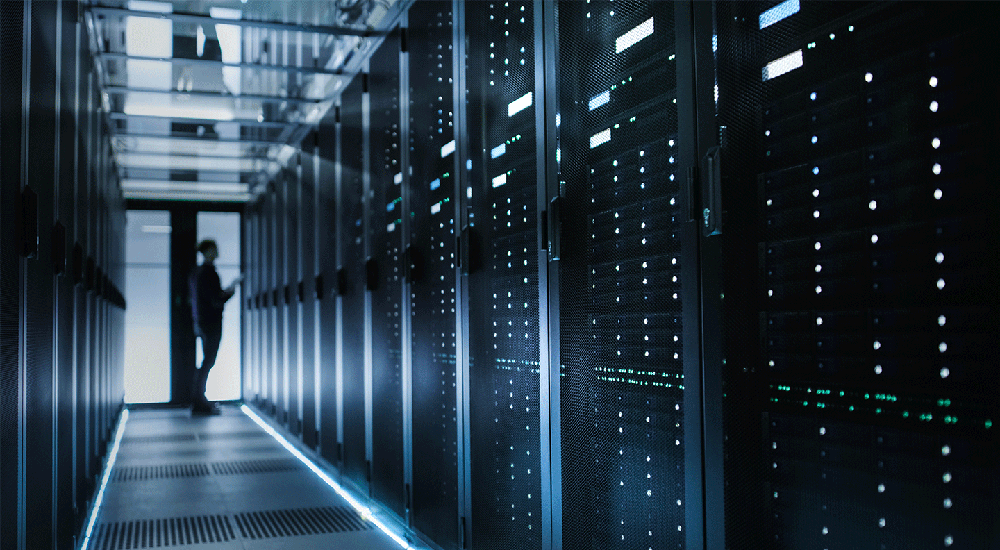
As noted in Part 1, the past year was a challenging one for the global economy and multiple sectors, with the IT industry being no exception. Nevertheless, several industry drivers remain strong, and the outlook for 2023 is a relatively positive one. Enterprise customers are set to continue their IT transformation, and wholesale demand from cloud providers will likely remain strong, particularly in new markets, as those cloud players push for new availability zones. Below are some of the main trends 451 Research experts believe the datacenter industry will see in 2023.
Interconnection is at the forefront of demand, but not without competitors
Organizations using colocation services increasingly point to interconnection as the top reason for leasing space in the datacenter. Datacenter providers have embraced interconnection in the past five years, yet have also had to compete with forms of network as a service, particularly what 451 Research refers to as the cloud-native WAN, offering connectivity in self-service form with quick turnaround so that networking becomes a fluid proposition instead of an exercise in nailing down circuits.
Datacenter providers should attempt to develop a similar, cloud-native approach to interconnection. In fact, the industry needs to think beyond interconnection to focus on helping enterprise customers deal with increasingly large amounts of data. A potential differentiator for leased datacenters comes in the form of their ability to offer a secure place to store data at a lower cost than directly in the public cloud, with software-defined, automated interconnection that allows that data to be used by applications residing in various clouds.
A new datacenter at the edge
Edge will continue to be a major trend in the datacenter industry as enterprises look to edge computing as an alternative to placing workloads in the cloud, allowing for lower latency and costs. Network growth and innovation will help define what data will be processed and stored at the edge, and so will changes to the infrastructure required to support those deployments. Operators will need to adapt and support requirements for low maintenance, space constraints and power conservation, which vary widely and therefore make it difficult to gain scale in the market. As the edge ecosystem grows, so do customers’ needs and concerns.
Liquid cooling rides the sustainability wave
Liquid cooling, a highly efficient cooling method for datacenter sites, might be on the verge of wider adoption by the industry. Previously held back by concerns about the infrastructure it required, technical limits and staff training, liquid cooling might now benefit from increased customer interest in sustainability. The method uses less electricity, and could make reusing waste heat more cost-effective than it currently is under air-cooled systems. Higher-density servers, innovations in liquid cooling methods and sustainability benefits might all help push broad adoption of the technology.
AI used to enhance datacenter operation
Enhanced datacenter management software and AI-enabled DCIM analyze data from as many datacenters as possible to determine when components are likely to fail, or how a facility’s energy use could be improved. As systems become better trained, AI will become more widespread and capable of automating more elements of datacenter management. Current datacenter operators using homegrown systems, or those put together from multiple off-the-shelf components in a proprietary way, could delay adoption of more advanced AI-enabled systems. However, if proven to simplify datacenter management, the use of more advanced software with AI could soon start to differentiate some datacenter operators, leading to wider AI adoption in the industry.
Blockchain and cryptocurrency — two double-edged swords for the datacenter industry
Datacenter providers have previously struggled servicing cryptocurrency-mining customers because the crashes in bitcoin prices previously made those clients unable or unwilling to pay for datacenter services. On the other hand, cryptocurrency customers have boosted demand for the industry in certain markets, such as Iceland and Quebec, and may even have had a positive impact on demand from other customer segments, such as those with HPC and AI workloads, that often have similar profile requirements to those of crypto miners. The dynamics between cryptocurrency miners and datacenter providers will continue to be an interesting one to watch. If new regulation is passed to regulate mining activity and protect colocation providers, that will certainly have an impact on how these customers are perceived by the datacenter industry.
Want insights on datacenter trends delivered to your inbox? Join the 451 Alliance.

